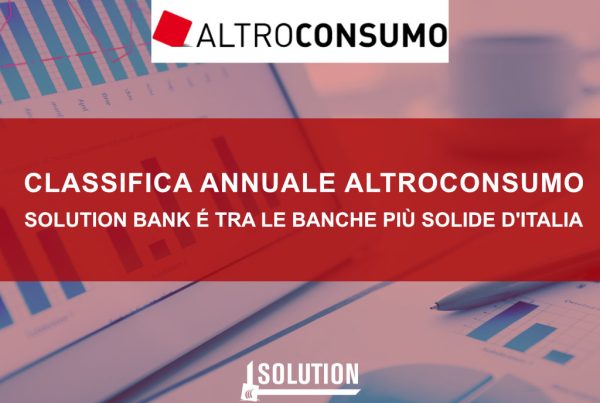On Thursday, October 24, the last event in our series of “Salotti Finanziari” was held at the Terramare restaurant in Cesena. Together with experts from Anima SGR, several clients from our local branch were able to explore the link between appropriate use of money and climate change mitigation. Since 1997, agreements and negotiations on climate change have multiplied: from the Kyoto Protocol, to the European Climate Regulation, worldwide states agree on the need to achieve climate neutrality by 2050. In this context, the implementation of a financial system that can promote economically, socially and environmentally sustainable development is crucial. According to the European Commission’s Action Plan for Sustainable Finance, there is a need to mobilize private investors’ savings toward projects and businesses that are environmentally friendly and attentive to the inclusion and welfare of workers. On the other hand, as BlackRock CEO Lawrence Fink said, “The next 1,000 ‘unicorn’ companies (i.e., capable of crossing the 1 billion value threshold on the stock market) will not be search engines or social media but sustainable innovators, startups that help the world decarbonize and make the energy transition affordable for all consumers.” There are 6 principles behind sustainable finance:
- Incorporate aspects of environment, society, and corporate governance into investment analysis and decision-making processes.
- Operate as active shareholders, incorporating sustainability issues into shareholder policies and practices.
- Require adequate communication on the subject from the issuers being invested in.
- Promote the acceptance and implementation of the principles in the financial sector.
- Work with practitioners and agencies in the field to improve effectiveness in implementing the principles.
- Report periodically on activities and progress.
In addition to investing in projects that are created to promote sustainability, of equal importance are the so-called “Net Zero” investment strategies, i.e., the allocation of funds to companies that, while high emitters, have credible medium- to long-term decarbonization goals that are consistent with international targets. These strategies are therefore not based on excluding high emitters, but aim to incentivize their decarbonization, while requiring periodic monitoring of compliance with their carbon budgets. In the medium and long term, the benefits of investments targeting the climate transition will ensure lower exposure to climate risks, strategic positioning of investors on growth sectors such as renewable energy or clean technologies, as well as a real impact on the decarbonization of the world economy.




